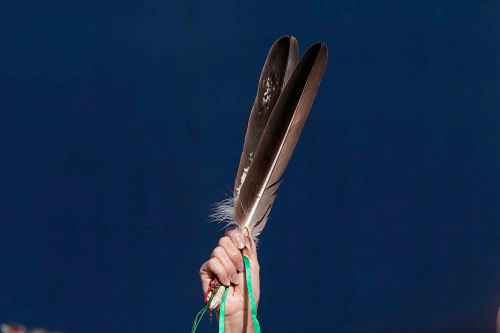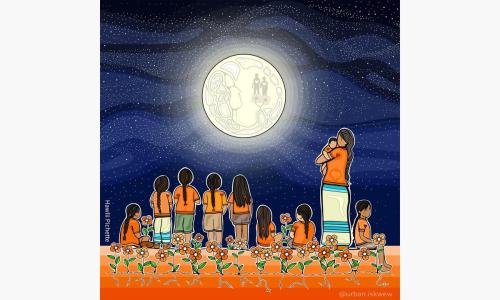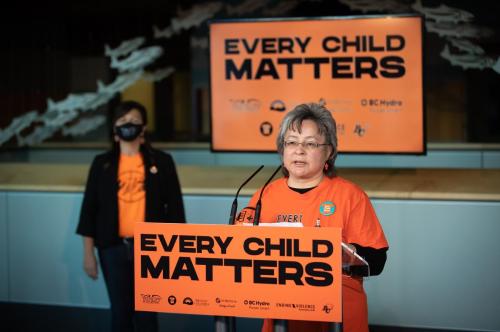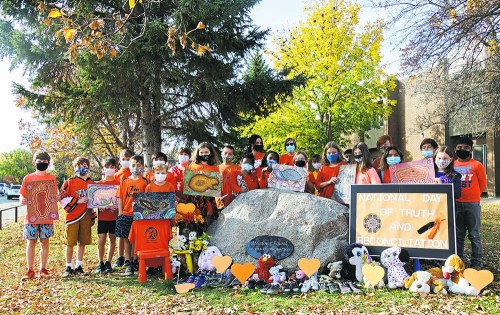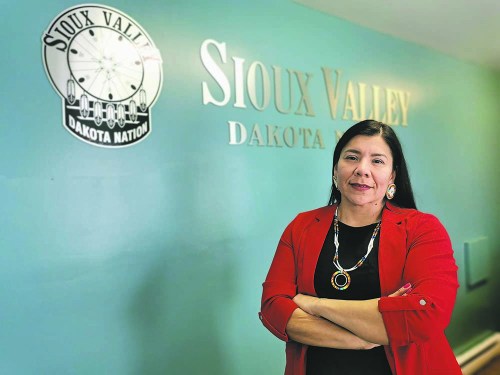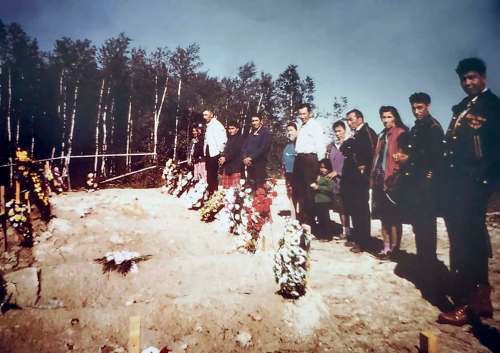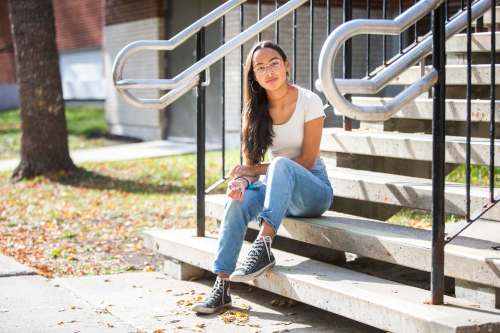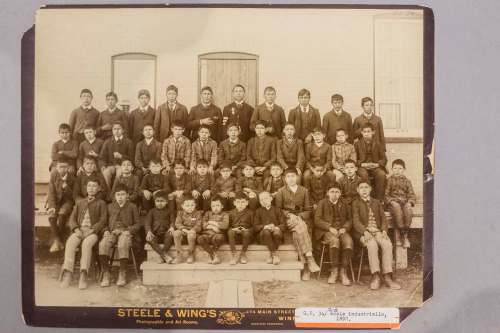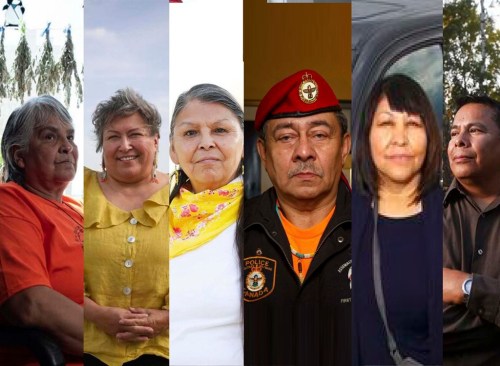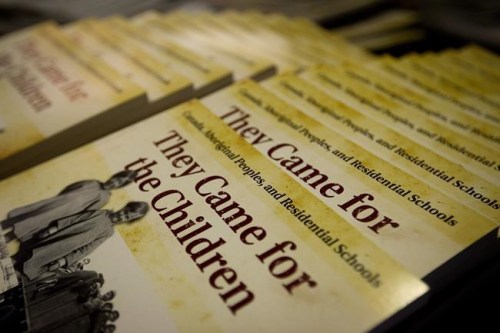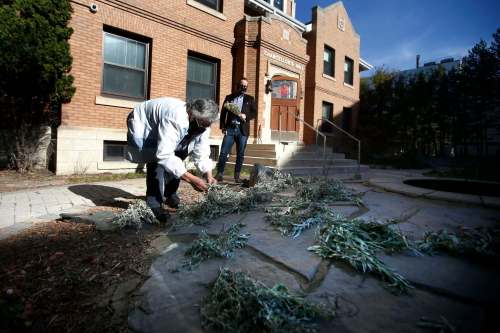Truth and Reconciliation
Orange jerseys raise awareness
4 minute read Tuesday, Oct. 5, 2021The Blue and Gold will be in orange this week.
The Winnipeg Blue Bombers and the visiting Edmonton Elks will wear orange jerseys during pre-game warmup on Friday night at IG Field to recognize Orange Shirt Day.
It’s the first time this has been done in the CFL and fans will be able to own a part of history as the jerseys will be auctioned off online after the game. Proceeds will go to each team’s charity of choice. The Bombers chose the Winnipeg Aboriginal Sport Achievement Centre and the Elks selected Spirit North.
The uniforms were unveiled at a news conference at IG Field Tuesday as Bombers fullback Mike Miller, left tackle Stanley Bryant, defensive end Jackson Jeffcoat, and defensive tackle Jake Thomas modelled the new look.
Advertisement
Weather
Winnipeg MB
-11°C, Cloudy
Heavy hearts, happy hearts
5 minute read Preview Thursday, Sep. 30, 2021National Day for Truth and Reconciliation
1 minute read Preview Thursday, Sep. 30, 2021Residential school survivor proposes Indigenous museum as part of reconciliation
3 minute read Preview Thursday, Sep. 30, 2021How do you teach children about residential schools? Mix history with kindness
8 minute read Preview Thursday, Sep. 30, 2021‘It’s history in the making’: Residential school survivors, community members reflect on National Day for Truth and Reconciliation with hope, hesitation
11 minute read Preview Thursday, Sep. 30, 2021Students recognize truth, reconciliation through art
5 minute read Preview Thursday, Sep. 30, 2021Sioux Valley turns attention to healing
4 minute read Preview Thursday, Sep. 30, 2021Eight youths on way home from residential school killed in 1972 plane crash
13 minute read Preview Wednesday, Sep. 29, 2021A sense of hope in Indigenous community
8 minute read Preview Monday, Oct. 4, 2021Each of us must work to reverse damage of residential schools
4 minute read Preview Wednesday, Sep. 29, 2021Portraits of survivors, tales of strength
3 minute read Preview Wednesday, Sep. 29, 2021Club welcomes Indigenous perspectives into huddle to strengthen community bonds
11 minute read Preview Wednesday, Sep. 29, 2021Winnipeg friendship centre restoration steps forward
5 minute read Preview Wednesday, Sep. 29, 2021For reconciliation to succeed, truth must be learned
4 minute read Preview Friday, Oct. 1, 2021Archivists, elder work to carefully preserve Indigenous trauma's origins
10 minute read Preview Wednesday, Sep. 29, 2021LOAD MORE




